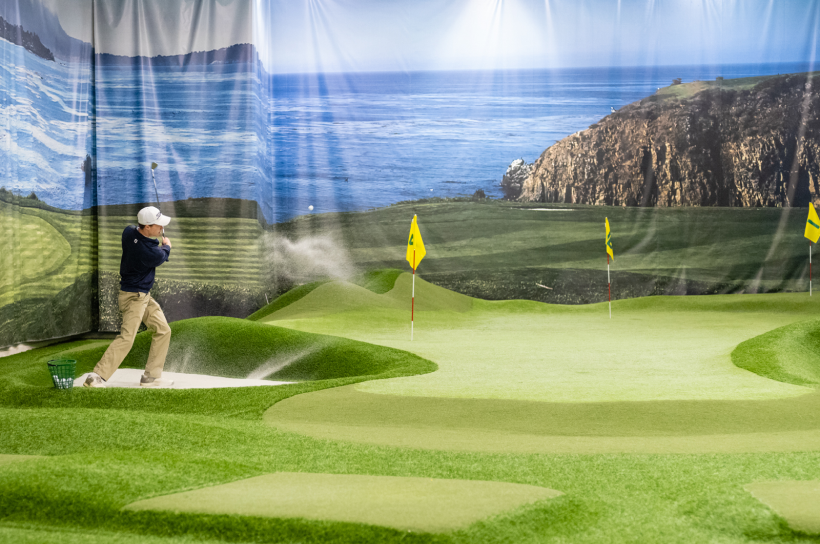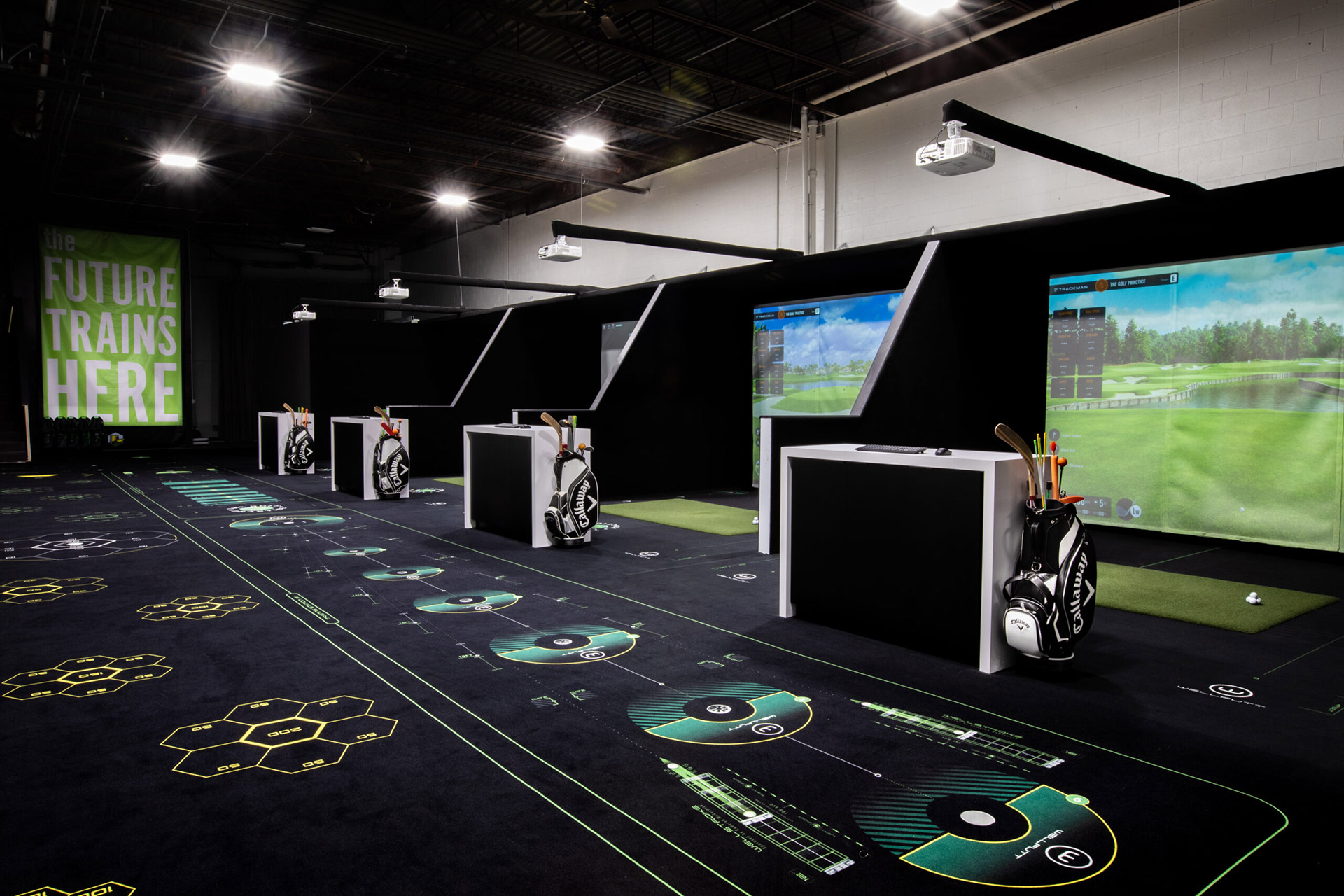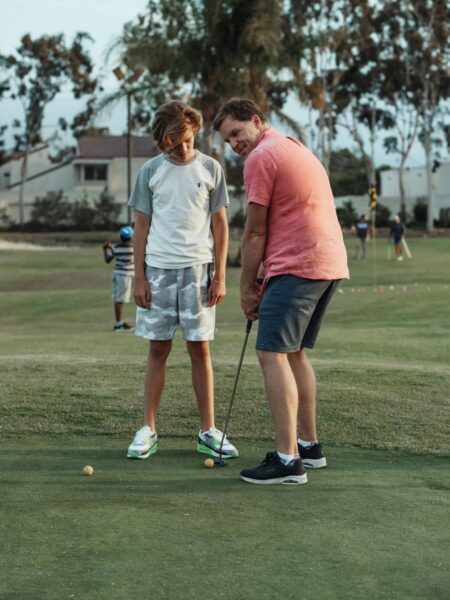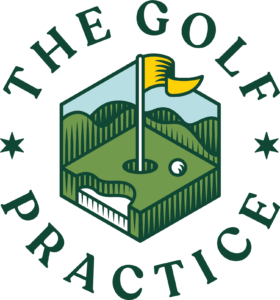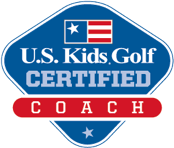Why Golf Goals Matter for Every Player
Setting clear golf goals transforms your practice sessions from aimless swinging to purposeful improvement. Whether you’re a weekend warrior or aspiring professional, having defined objectives gives your training direction and measurable outcomes.
Many golfers spend countless hours on the range without seeing significant improvement. This happens because they lack specific targets to work toward. When you establish concrete golf training goals, every practice session becomes an opportunity to move closer to your desired outcome.
Research shows that golfers who set specific goals improve 40% faster than those who practice without clear objectives. Your mind needs targets to focus on, and your body needs specific movements to master.
Essential Types of Golf Training Goals
Understanding different categories of golf goals helps you create a comprehensive improvement plan that addresses all aspects of your game.
Performance-Based Goals:
- Lower your handicap by a specific number of strokes
- Achieve consistent ball striking with 80% accuracy
- Improve putting average to under 30 putts per round
- Increase driving distance by 15 yards while maintaining accuracy
Technical Goals:
- Perfect your swing plane alignment
- Develop consistent tempo and rhythm
- Master weight transfer throughout the swing
- Improve short game precision within 100 yards
Performance goals give you measurable outcomes, while technical goals focus on the mechanics that make those outcomes possible. Both types work together to create lasting improvement in your game.
Short-Term vs Long-Term Goals for Golf Training
Effective goal setting requires balancing immediate achievements with long-term aspirations. Short-term goals keep you motivated week by week, while long-term goals provide the bigger picture for your golfing journey.
Short-term goals span 1-3 months and might include improving your chip shot consistency or reducing three-putts by half. These goals should be achievable within your current practice schedule and skill level.
Long-term goals extend 6-12 months or longer. Examples include breaking 80 for the first time, qualifying for your club championship, or making your high school golf team. These ambitious targets require sustained effort and progressive skill development.
The key is connecting your short-term achievements to your long-term vision. Each weekly improvement should build toward your ultimate golfing aspirations.
Creating Realistic Golf Training Goals
Setting achievable goals prevents frustration and maintains motivation throughout your improvement journey. Unrealistic expectations often lead to discouragement and abandoned practice routines.
Start by honestly assessing your current skill level. Track your scores, note your strengths and weaknesses, and identify the biggest opportunities for improvement. This baseline helps you set goals that stretch your abilities without being impossible.
Consider your available practice time when setting goals for golf training. If you can only practice twice per week, don’t expect the same progress as someone practicing daily. Align your expectations with your commitment level.
Factor in your physical limitations and learning style. Some golfers improve quickly through repetition, while others need more time to process technical changes. Respect your individual learning pace.
Tracking Your Golf Training Progress
Monitoring your advancement keeps you accountable and reveals which strategies work best for your game. Without tracking, it’s difficult to know if your practice time is producing results.
Essential Metrics to Track:
- Scores from each round played
- Fairways hit percentage
- Greens in regulation statistics
- Putting averages per round
- Practice session duration and focus areas
- Video analysis of swing changes
Use a golf app, spreadsheet, or training journal to record your data consistently. Review your progress monthly to identify trends and adjust your goals accordingly.
Celebrate small victories along the way. If you improve your putting average from 32 to 30 putts per round, acknowledge this achievement before setting your next target.
Common Goal-Setting Mistakes to Avoid
Many golfers sabotage their progress through poor goal-setting practices. Recognizing these pitfalls helps you maintain effective training objectives.
Vague goals like “get better at golf” provide no clear direction or measurement criteria. Instead, specify exactly what improvement looks like and how you’ll measure it.
Setting too many goals simultaneously dilutes your focus and slows progress. Choose 2-3 primary objectives and work on them consistently before adding new targets.
Ignoring the mental game is another common mistake. Golf requires mental strength, course management skills, and emotional control. Include psychological goals alongside technical and physical objectives.
Comparing your progress to other golfers creates unrealistic expectations. Everyone improves at different rates based on natural ability, practice time, and previous experience.
How Indoor Training Accelerates Goal Achievement
Indoor golf facilities provide controlled environments where you can focus intensively on specific aspects of your game. Weather, course conditions, and time constraints don’t interfere with your practice sessions.
Advanced technology like launch monitors and video analysis systems give immediate feedback on your swing changes. This instant data helps you understand whether adjustments are producing desired results.
Year-round practice availability means you can maintain momentum toward your golf training goals regardless of seasonal weather challenges. Consistent practice schedules accelerate skill development and muscle memory formation.
Professional instruction in indoor settings allows for detailed technical work that’s difficult to achieve on crowded driving ranges. Instructors can focus entirely on your specific needs without distractions.
Transform Your Game at The Golf Practice
Ready to turn your golf goals into reality? The Golf Practice offers state-of-the-art indoor training facilities in Highland Park and Lisle, designed to help golfers of all skill levels achieve their objectives.
Our technology-enhanced practice environments provide the perfect setting for focused goal achievement. With launch monitors, video analysis, and expert instruction available, you’ll have every tool needed to reach your golf training goals efficiently.
Whether you’re working on technical improvements or performance targets, our facilities support year-round progress. Don’t let weather or course availability slow your improvement journey.
Contact The Golf Practice today to schedule your assessment and create a personalized plan for achieving your golf training goals. Your best golf is waiting – let us help you find it.
